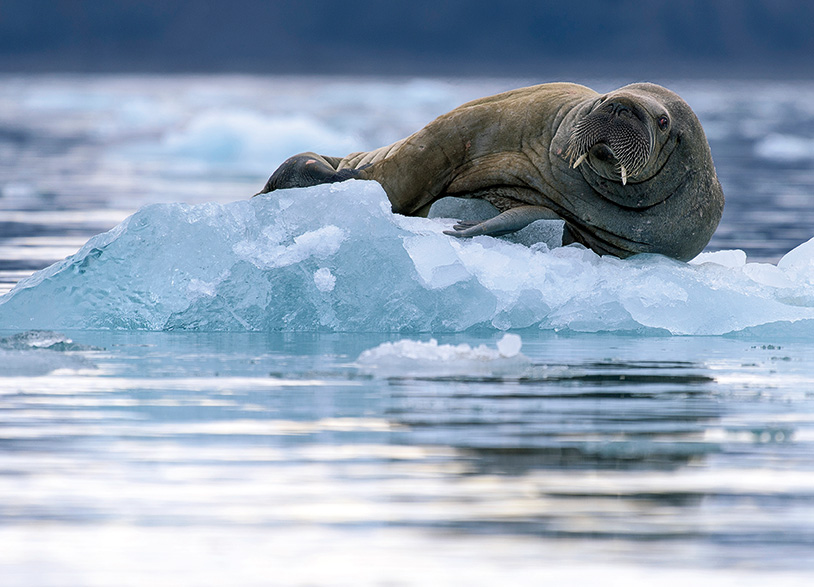© Luisa Poto via imaggeo.egu.eu, CC BY-ND 3.0
Editorial
Better governance could protect the Arctic—and the world
The Arctic is bearing the brunt of a changing climate. It is warming with a speed that is already having profound consequences for its people and nature—to the point that we may see the first-ever ice-free Arctic in our lifetime.
At lower latitudes, the changing Arctic threatens both natural and human systems. The colossal Greenland ice cap is melting, adding to sea-level rise. Warming Arctic waters and diminishing sea ice are disrupting ocean currents and weather patterns across the northern hemisphere. Thawing permafrost will release significant amounts of methane that will amplify the greenhouse effect. Some of the resulting impacts will be felt for centuries.
The stakes could not be higher. Yet the Arctic often remains an afterthought in international treaties designed to address climate and nature crises and support adaptation—as well as in broader development frameworks that tend to focus on the Global South.
For example, financial mechanisms within the UN Framework Convention on Climate Change (UNFCCC) are designed to support developing countries, but the Arctic is under the jurisdiction of eight developed economies: Canada, Finland, Greenland (Kingdom of Denmark), Iceland, Norway, Russia, Sweden and the US. This leaves the protection of its vast expanse to the discretion of individual nations, which have multiple priorities.

© Christopher Michel via Flickr.com, CC BY-NC-ND 2.0
Global climate governance must find a way to prioritize the Arctic. For all its shortcomings, the UNFCCC contains mechanisms that could be harnessed to help protect the region. The Local Communities and Indigenous Peoples’ Platform, with strong representation from Arctic Peoples, could rally like-minded parties to call for and support a dedicated workstream under the Climate Convention and Paris Agreement.
Special attention should also be given to the UNFCCC Race to Resilience campaign. Launched in 2020, it aims to drive climate resilience across the world by mobilizing companies, academia and municipalities to ensure front-line voices are heard.
Global climate governance must find a way to prioritize the Arctic.
— Manuel Pulgar-Vidal, Global Climate and Energy Lead, WWF
Finally, the international community should create a financial mechanism to provide direct access to funding for Arctic Indigenous Peoples. The eight Arctic countries must work together to make this much-needed support become a reality.
The Global Biodiversity Framework requires countries to protect at least 30 per cent of their land and oceans and responsibly manage the remainder. Arctic nations could include as much of their Arctic territories as possible within the national biodiversity strategies that they have already committed to produce under the framework. Countries with Arctic territory should also include measures to protect and respond to climate impacts in their climate and biodiversity targets and national adaptation plans.
The High Seas Treaty, when it comes into force, will offer a framework to protect the Arctic seas in areas beyond national jurisdiction. But so far, none of the eight Arctic nations have ratified it.
The bottom line: Arctic nations must work with likeminded governments around the world to secure recognition of the peril facing the region and the need to flex global governance in response. Failure to do so will be felt throughout the world.
MANUEL PULGAR-VIDAL is WWF’s Global Climate and Energy Lead and was President of the 20th session of the Conference of the Parties to the United Nations Framework Convention on Climate Change.